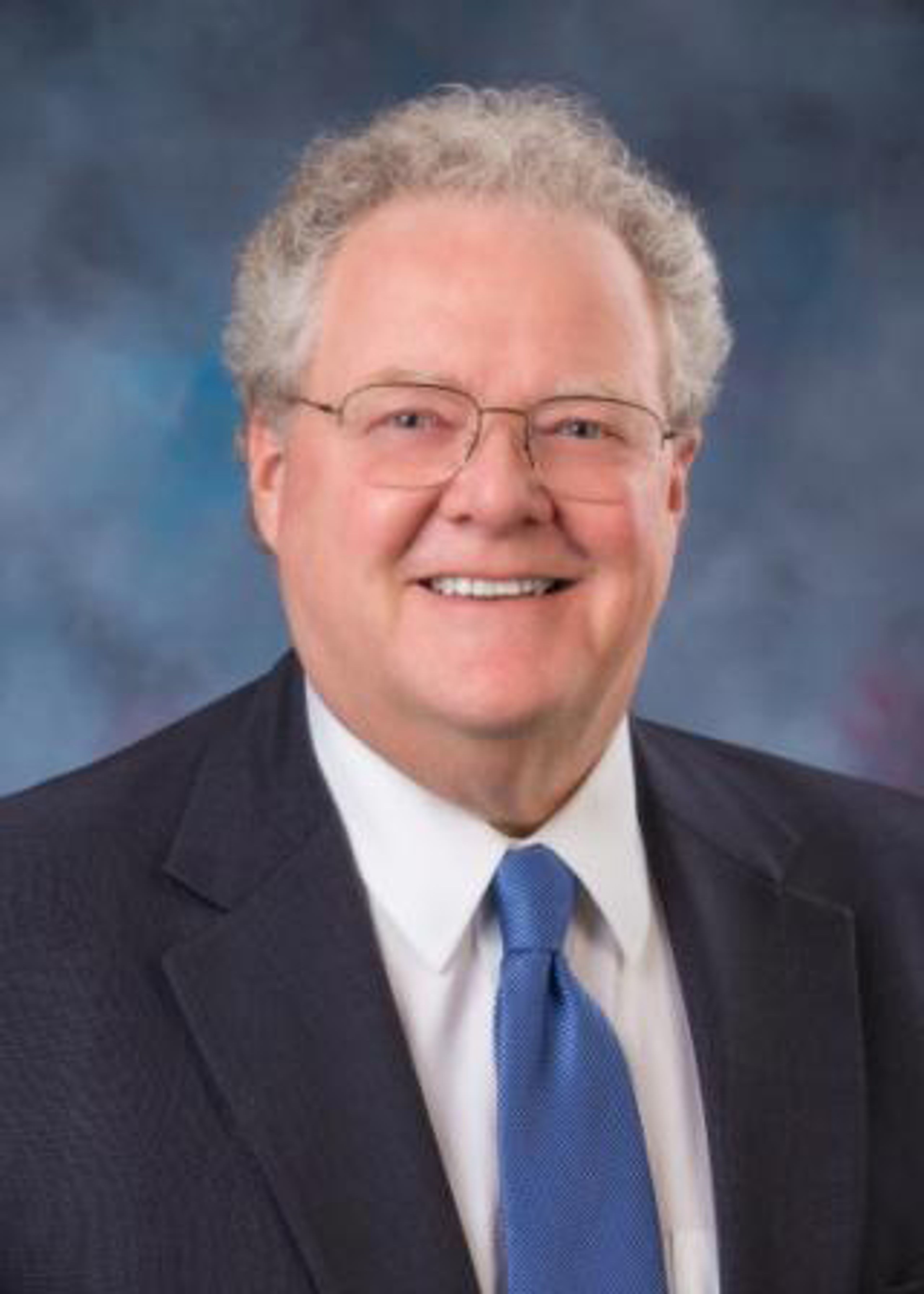Idaho’s GOP leadership maintains it is doing a better and better job for public education.
You won’t hear that from the Idahoans the latest Boise State University Public Policy Survey interviewed.
When BSU asked them to judge the quality of public education, nearly two-thirds — 65 percent — rated the schools poor or fair. Only 29 percent said schools were good or excellent.
The numbers improve a bit when BSU asked people about their own schools. Then 49 percent came back with poor marks, compared to 41 percent who were satisfied.
But get this: 28 percent of parents with children younger than 18 years old rated Idaho’s schools as poor — compared to 15 percent of people who did not have school-aged children at home.
Now where would people get such ideas?
Could it be from years of sub-par spending?
Idaho perennially winds up in the national basement for the amount it allocates to each child. Only Utah spends less. When it comes to school finance, Education Week ranks Idaho 49th and grades it a D-minus.
If the Gem State matched the national spending rate, it would have to come up with another $1.4 billion. Even keeping up with the regional average would require another $985 million.
Could it be the steadily rising property taxes they pay to compensate for inadequate state K-12 budgets? The total is now up to a record-setting $214 million collected by 92 of Idaho’s 115 school districts.
Could it be how Idaho fails to pay competitive teacher salaries?
Idaho’s educators could transfer to just about any other state — including all of its neighbors, except Utah — and earn more money. In spite of recent budget increases, Idaho teacher pay has not kept pace with inflation.
It’s why more than 10 percent of Idaho’s teachers leave the profession or continue their careers elsewhere. It’s why more Idaho classrooms are staffed by educators with provisional certification. Just to keep up with demand for teachers in the classroom, the state increasingly relies on nontraditionally trained teachers. Last year, the number of Idaho educators entering the profession under what the State Board of Education classifies as “alternative routes” had grown by 63 percent.
Investments aren’t everything. Idaho, we’re told, gets a bigger bang for the educational buck because more of its kids are reared in stable families and there are few if any impoverished urban schools. By the same token, however, about a third of Idaho’s school districts — most of them rural and struggling — operate on four-day weeks just to save a few nickels on heating, lighting and transportation.
But consider the results.
Idaho’s high school graduation rate is flat — 80.7 percent in 2019 vs. 80.6 percent the year before. And you’ll find no more than a handful of states doing worse.
Only 73.7 percent of Idaho’s third graders read adequately — although that’s down slightly from a year earlier.
Math scores rose a bit — but only to 45.1 percent.
Against that backdrop, you can understand two more of the BSU survey’s findings:
l A plurality — 42.8 percent — want the state budget increased. Another 32.3 percent want the status quo. Only 10.2 percent would spend less.
l They don’t want any more tax cuts, either. BSU says 60.5 percent ranked Idaho’s taxes as about right compared to 26.5 percent who say they’re too high.
Again, that’s an opinion well-founded in fact.
According to the State Tax Commission, Idaho’s per-person tax burden is ranked 44th out of the 50 states and the District of Columbia. It’s also the 10th lowest among 11 western states.
Since 2009, state lawmakers have passed along more than $354 million in yearly tax cuts.
And yet, it continues.
House Speaker Scott Bedke, R-Oakley, would take almost $49 million to expand the grocery sales tax credit. The technique is sound enough — a credit puts more money in the hands of the people who need it. But that’s $49 million coming out of a budget that’s already been reduced by 3 percent — most notably at the colleges and universities.
House Transportation Committee Chairman Joe Palmer, R-Meridian, would pull yet another $18 million from the general fund that supports schools and spend it on transportation — rather than ask the trucking industry to pay its fair share.
Gov. Brad Little’s budget would siphon off another $102 million that could go toward education into rainy day accounts.
Add it up and that’s $169 million, more than double the $78 million budget increase Little wants to give public schools next year.
So in Idaho, you have people who know what they want and why they want it.
What eludes them is why they’re not getting it. — M.T.









